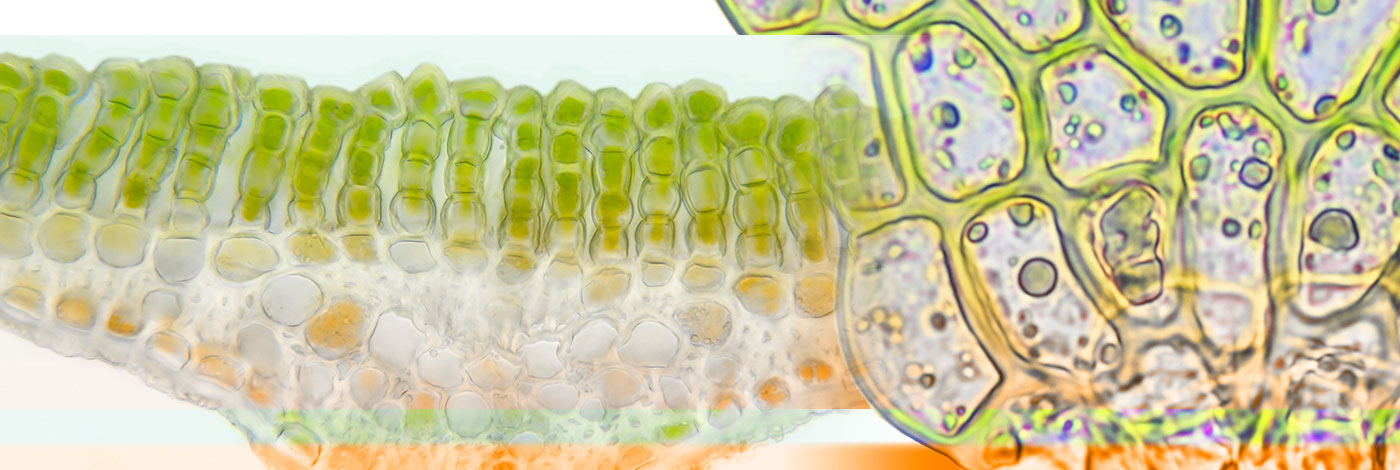
 Cryptogamie, Bryologie
39 (2) - Pages 283-292
Cryptogamie, Bryologie
39 (2) - Pages 283-292Campylopus introflexus, listed as one of the 100 worst alien taxa in Europe, is an example of a recent introduction in this region. It became an invasive species in Portugal only twenty years ago, but is now known from more than 200 localities, where it occupies extensive areas and numerous microhabitats.
Several studies have highlighted the methodological deficiencies for understanding the expansion of Campylopus introflexus, and some have already explored the reproductive strategies, hybridization processes and abiotic factors (geological and climatic parameters) influencing this species’ ability to invade native species’ habitats. In the present work, we specifically focused on the spatial patterns of its invasion in mainland Portugal, which can be linked to human-related parameters that reflect land occupation, management or abandonment. Specifically, we have studied the link between all distribution records (presence and absence data) known for this species in Portugal until 2016, and parameters expressing human presence or pressure. Our findings show that the highest occurrence of this invader corresponds to areas with higher levels of human population density and in oceanic areas where land management is dominated by non-native tree-plantations. Conversely, C. introflexus expansion is hindered by dryland farming or agricultural practices that rely on fire which, consequently, promote natural or human-induced aridity and/or result in increasingly arid landscapes.